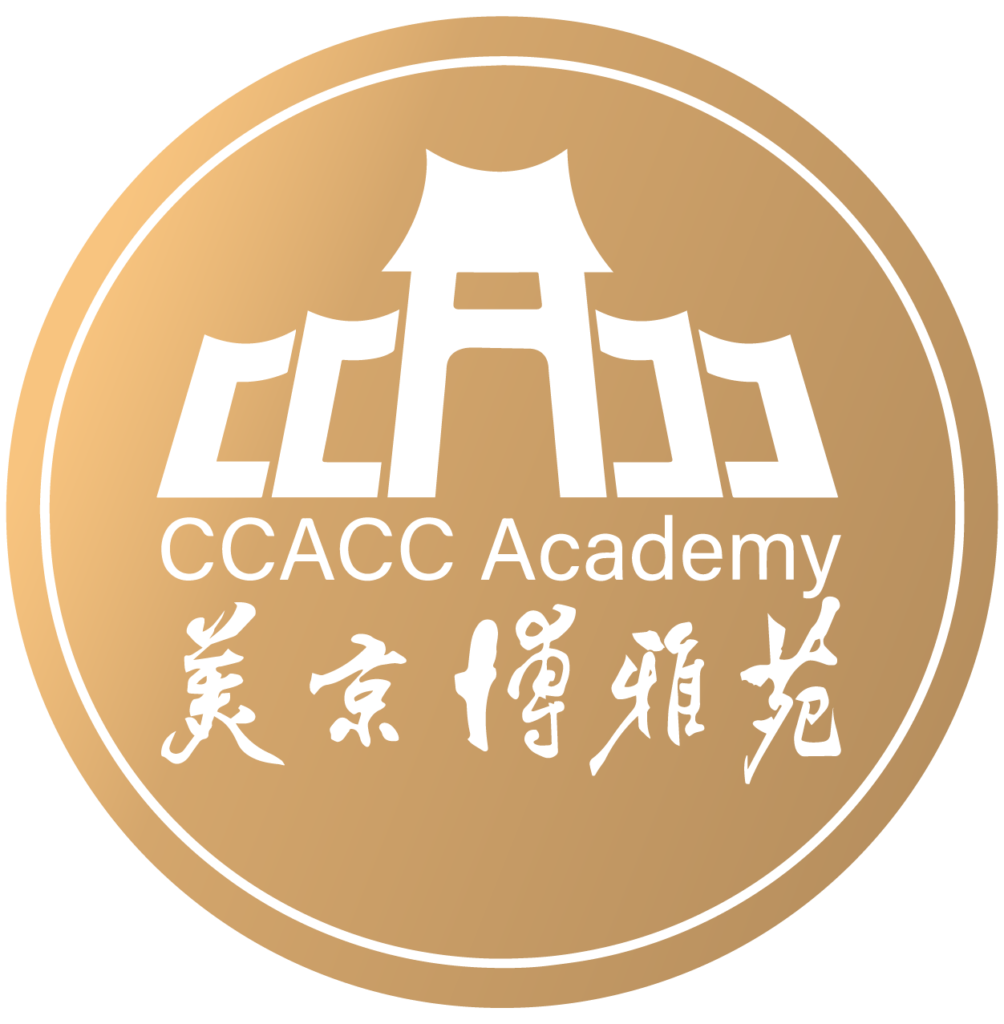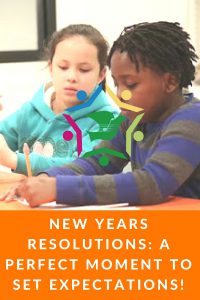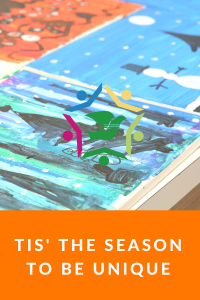By Staci Mathura, Language Arts Instructor
It’s hard to believe, but we have swiftly exchanged autumn leaves for snow, and 2018 is here. As we celebrate the joys of this holiday season and enter the New Year, many adults choose to begin with a fresh start and new goals to tackle. As an educator, talking about resolutions with my students is a perfect time to set expectations for the upcoming year and teach them to constantly set new objectives. It also gives parents the opportunity to build confidence with achievable goals and for kids to become mindful about the good habits they want to create and accomplishments they strive toward achieving.
So how do we begin to utilize this time of year to have kids set and keep their goals in mind? Experts rightly suggest keeping it positive. Start by going over the things your kids accomplished last year that made you both proud. Did they get straight A’s? Did he or she win an award? Did your kid learn to tie his or her shoe laces on their own? No matter how big or small the success it’s important to acknowledge their hard work and build upon the goals optimistically. “Instead of pointing out shortcomings, be the historian of their previous successes,” Christine Carter, Ph.D., author of Raising Happiness: 10 Simple Steps for More Joyful Kids and Happier Parents. Dr Carter says “Point to the bright spot where they’re doing something well.”
Once you’ve reminded your child of the awesome things they have achieved in the past year, you have successfully set the stage to discuss what they would like to work on in the year ahead. Ask questions like “What would you like to improve? What is new a skill you’d like to learn? Is there something you could do better or differently?” This discussion will allow students to brainstorm and self assess their possible objectives. Be sure to be specific in their goal setting so as to keep a measurable benchmark of success.
Certainly kids need a little guidance. It would be helpful to suggest some broad categories such as personal goals, helping goals, and school goals and let the child fill in the specifics. If they draw a blank, you could offer some examples, such as being nicer to siblings, help out more at home or raise a grade in a class that may be challenging. You may even motivate your child by setting a family resolution that you can all accomplish together like volunteering, reading a book together as a family or even going for hikes or biking together. When this is accomplished it is important to celebrate the success and discuss the awesome feeling of checking off that goal from the list.
Some final suggestions on helping your child to set goals is to have them jot down a final list of their resolutions in a journal, or keep it up on the fridge where they can be reminded of it often. The list should not be too long as to overwhelm the student, and remember to remain motivating and optimistic when discussing their resolutions. Lastly follow through with the resolutions that you make in order to model the habits you want to see as well as the outcome you want your child to achieve. Lastly it is necessary to periodically check in on your child’s progress on their goals. Too often adults conveniently forget their New Year resolutions, but we like to teach commitment and follow through, so gently remind the child and motivate them to succeed in the objectives throughout the year.
As we complete this semester, gather to celebrate the holiday festivities and enter the new year, I hope educators and parents alike give the opportunity to students to make resolutions for themselves. The ultimate objective is for them to develop healthy academic and personal habits that will create a lifelong impact.


